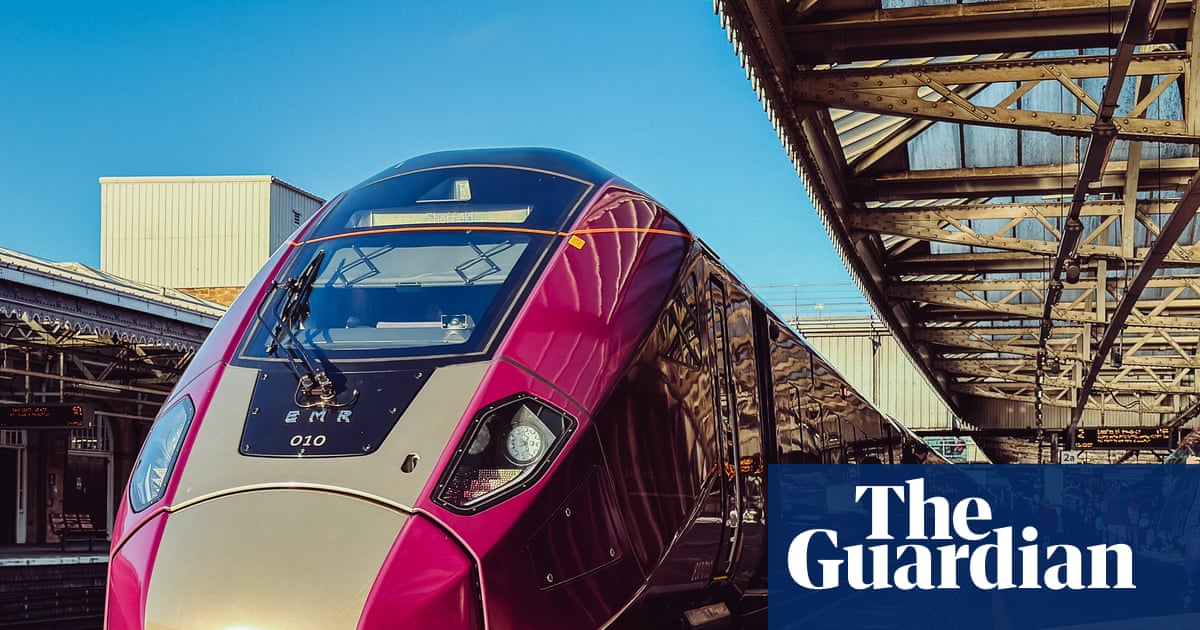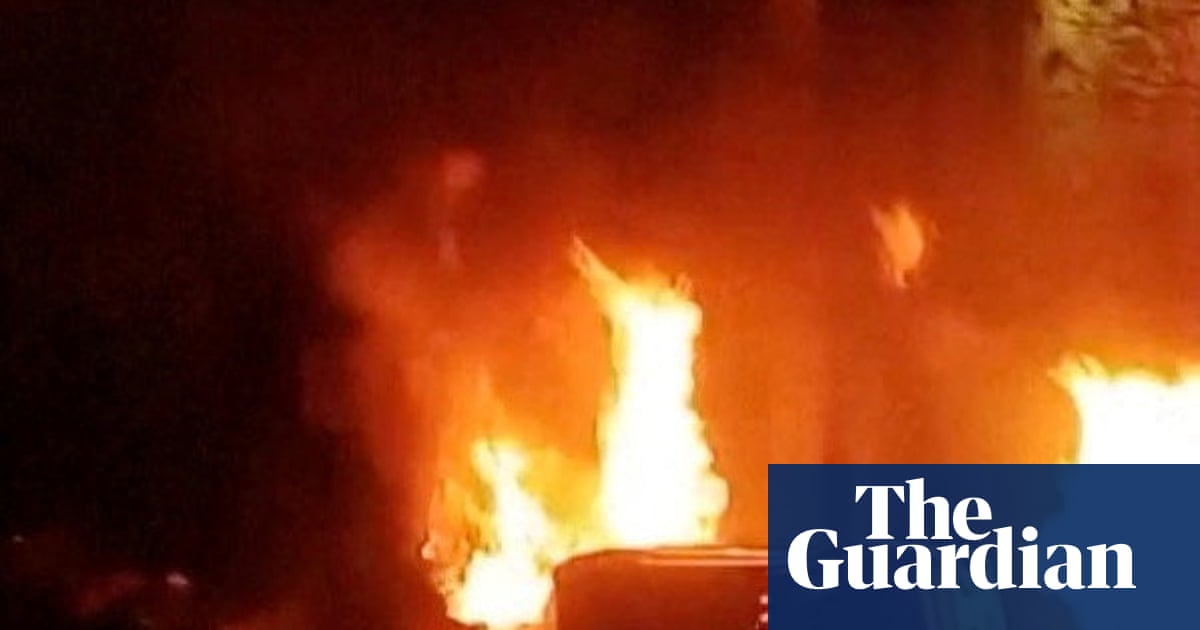Britain is on the brink of a “golden age of nuclear”, according to Keir Starmer, who has announced a multibillion-pound US-UK partnership to build a fleet of small modular reactors (SMRs), sometimes called “mini-nukes”.
The agreement, likely to be signed during Donald Trump’s state visit this week, involves speeding up safety checks to bring new reactors online faster.
Starmer is far from the first prime minister to nail his colours to the nuclear mast in recent years. So what’s different this time and how will it all work?
What has been announced?
Five new deals, adding to an existing SMR partnership between Rolls-Royce and Virginia-based BWXT. According to the US embassy, the deals are worth a combined $100bn (£73.5bn).
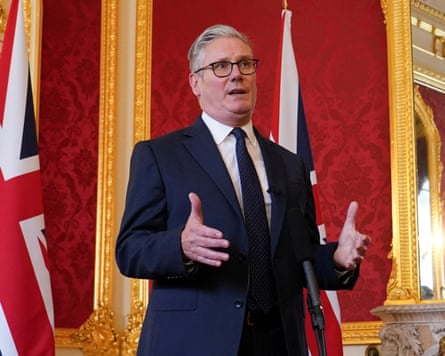
The most eye-catching project involves the US company X-Energy working with Centrica, the owner of British Gas, to build up to 12 advanced modular reactors (AMRs) in Hartlepool. AMRs, part of a group of reactor designs known as Generation IV, use cutting-edge cooling systems and fuel. The government claims the Hartlepool project could power 1.5m homes, create up to 2,500 jobs and deliver a £40bn economic boost, including £12bn for the north-east.
What are the other projects?
Alongside Hartlepool, there is an £11bn deal between tech company Holtec (US), energy supplier EDF (France) and the property investor Tritax (UK) for SMRs to power datacentres at the former Cottam coal-fired power station in Nottinghamshire. This, the government says, will create “thousands” of high-skilled construction jobs, as well as local long-term roles.
Last Energy, from the US, will build a “microreactor” to power the expansion of Dubai-owned DP World’s London Gateway port. The nuclear fuels firm Urenco, which is 33% owned by the UK state, has agreed a £4m deal to supply nuclear fuels to the US market and will also build a new UK facility.
Finally, the US companies TerraPower and KBR want to deploy their 345MW Natrium advanced reactors at sites around the UK. Each could create 1,600 jobs during construction and 250 permanent positions.
Haven’t we heard all this before?
Prime ministers love embracing nuclear power but more plants have been planned than have ever seen in a spade in the ground (see Wylfa on Anglesey).
Rishi Sunak backed SMRs in 2023, launching a new public body called Great British Nuclear (GBN), backed by £20bn. GBN came from the imagination of Boris Johnson, who had announced plans, which could be politely called ambitions, for eight new full-scale nuclear power stations.
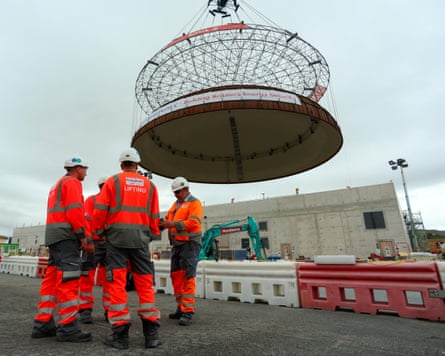
In 2014, in an announcement that seems almost unthinkable now, David Cameron’s government welcomed Chinese government investment in Hinkley Point C in Somerset. Hinkley was originally scheduled to start powering homes in the 2020s but remains delayed, with the latest estimates suggesting it may not come online until 2031.
So what’s different?
First, there are now examples of new nuclear projects actually starting to move forward. The UK struck a £38bn deal with private investors, including Centrica, to build Sizewell C on the coast of Suffolk, earlier this year, after blocking Chinese involvement this time. Sizewell, like Hinkley, is a full-size power plant.
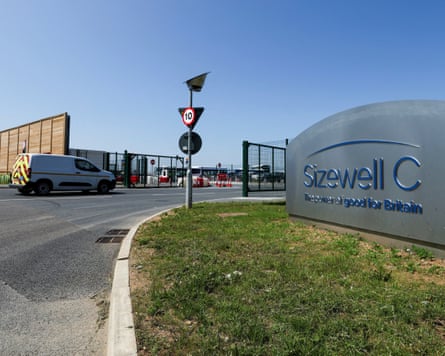
Meanwhile, Rolls-Royce’s nuclear plans are also progressing. It was selected by the UK government to build three SMRs earlier this year. It is also selling six to the Czech Republic and has entered the US regulatory process to sell them there too. The factory-built SMRs are far smaller and, in theory, quicker to build than full-scale power stations.
The US-UK agreement involves changes to the licensing regime to allow new reactors to move from blueprint to first power more quickly, by fast-tracking design approval. If a reactor has already passed “rigorous” safety checks in one country, that work can be used by the other to support its assessment. The two governments say this will whittle the approval process down from up to four years to as little as two.
What are the obstacles?
As with Hinkley, nuclear power projects in the UK have been subject to huge cost and time overruns. What’s more, large-scale nuclear build-out will require people with the requisite skills in construction and engineering, industries where UK manpower is thinly spread. Most of the Hinkley workforce is expected to move swiftly over to sister project Sizewell C, raising questions about where new blood will come from.
It is not clear what will be done with the waste from an expanded nuclear industry. The price tag for cleaning up the ageing Sellafield nuclear waste dump has already soared above £136bn, while plans for a geological disposal facility an underground waste dump in Cumbria – are also costly, up to £54bn according to a Treasury assessment that described the plan as “unachievable”.
There are also question marks over how quickly new projects could connect to the National Grid, amid an existing backlog of new energy projects waiting to be hooked up.
While large nuclear plants are built on the coast, partly to minimise the impact on populated areas in the event of an accident, some of the SMRs – particularly those near datacentres – will be inland. Many people do not want to live next door to a nuclear reactor.

 3 months ago
108
3 months ago
108








